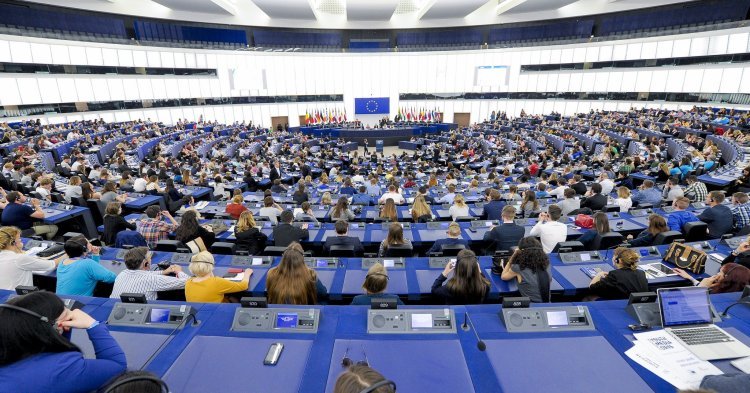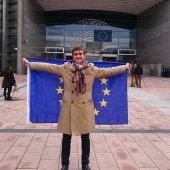A two-year debate on reforming the EU
When Ursula von der Leyen was selected as the Commission President through shady backroom deals last summer, she promised a serious debate about the various institutional issues that caused turmoil in Brussels during last year’s European elections. The Conference would be the arena for this debate: the agenda will include questions like how to save the ‘Spitzenkandidaten’ system, how to reform European elections and whether create a European-wide constituency for European elections. Besides institutional puzzles, the Conference is meant to yield ideas for the EU’s political priorities for the years to come.
For now, the precise plan for the Conference is unknown. The European Parliament and Commission have presented their visions for how the debate should be arranged, but the Council – bringing together the EU member states – has not yet found a common position. Because the main EU institutions want to agree on the set-up of the Conference before the launch, the lack of an official Council position puts the whole initiative on hold. Among other things, the Council has not reached agreement on who should lead the Conference. In the winter, the European Parliament nominated the liberal MEP Guy Verhofstadt as the chairperson of the Conference, but among the Council some have worried about giving the Parliament too much power over the initiative, and about Verhofstadt being an overly federalist-minded lead figure for the Conference.
At the moment, it is anticipated that, throughout the two-year debate, ideas for Europe’s future are collected through various public events, “citizens’ agoras” and an online platform. Nonetheless, it remains unclear how the ideas will be filtered into the Conference’s conclusions, and how the recommendations will be followed up on after the Conference.
Lead-up to a ‘Constituent Assembly’ for a European federation?
The Young European Federalists (JEF-Europe) is keenly following the debate. This April, the organisation adopted a resolution “calling for a European Constituent Assembly”, where it outlined its expectations for the Conference. JEF believes that the Conference on the Future of Europe should be a decisive step towards a real ‘Constituent Assembly’ of a European federation.
The resolution calls for the Conference to be as inclusive as possible, bringing together representatives from all EU institutions, as well as European citizens, and youth and civil society organisations. Citizens and organisations would be involved in the process through citizens and youth agoras, online tools and surveys.
The focus of the Conference should not be centred around single policies but be as broad as possible, encompassing fundamental institutional questions of the Union. For example, the debate should address the allocation of competences between the national and the European level, fiscal autonomy and the completion of the Economic and Monetary Union (EMU), sustainable development goals, fighting inequality, updating the labour market to the new digital society, safeguarding the rule of law, the EU’s role on a global level, and the relationship between national identities and federal citizenship.
However, the ultimate goal being the creation of a European Federation, in the eyes of JEF-Europe the Conference this would only be a step in the right direction, which should be followed by a genuine Constituent Assembly. This Constituent Assembly would not follow the currently established process of convening a convention followed by an intergovernmental conference to change the EU treaties, but it should be a novel ‘constitutional moment’ for Europe. Namely, the Constituent Assembly would initiate the drafting of a European Constitution, based on the concrete proposals coming from the Conference on the Future of Europe.
Should there be no political will and support for such an Assembly, the European Parliament should in JEF’s view at least initiate the process of Treaty revision pursuing the established method (laid out in Article 48 TEU). The resolution states that the treaty revision process should respect the results of the Conference on the Future of Europe “as the legitimate expression of the political will of European citizens and their representatives”.
In any case, the expectations from JEF-Europe are clear: the outcome of the Conference on the Future of Europe should finally bring institutional renewal to the EU after years of deadlock. JEF wants to see concrete proposals for a more effective EU that can meet the challenges of the 21st century – and the proposals should be taken seriously, rather than simply being dismissed the day after the Conference finishes.
Instead of backroom deals, it is up to the citizens to decide on the future of their Europe openly and transparently. The Conference on the Future of Europe is a good way to do just that.



Follow the comments: |
|
